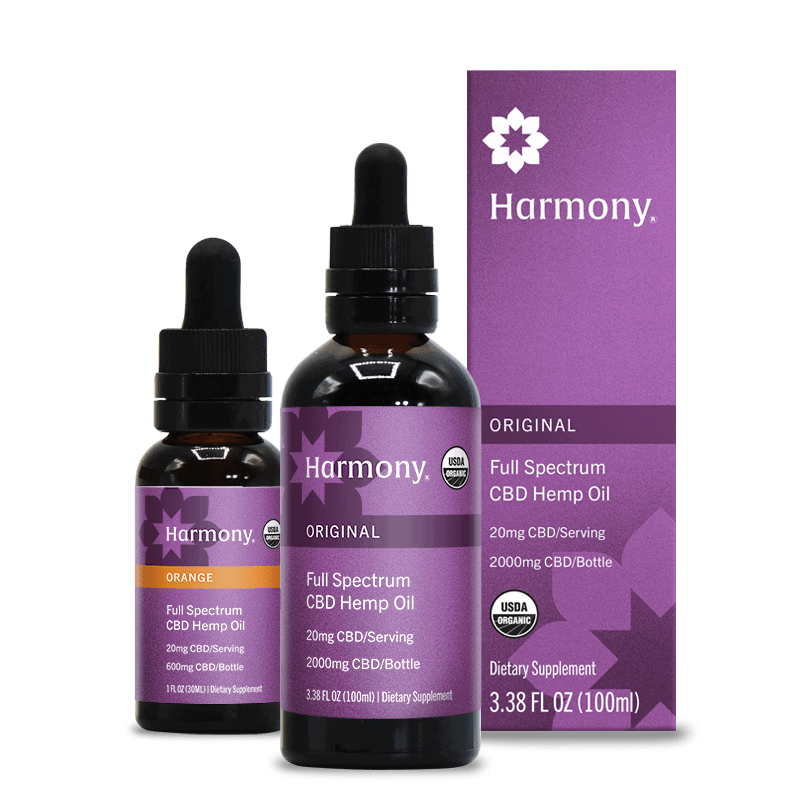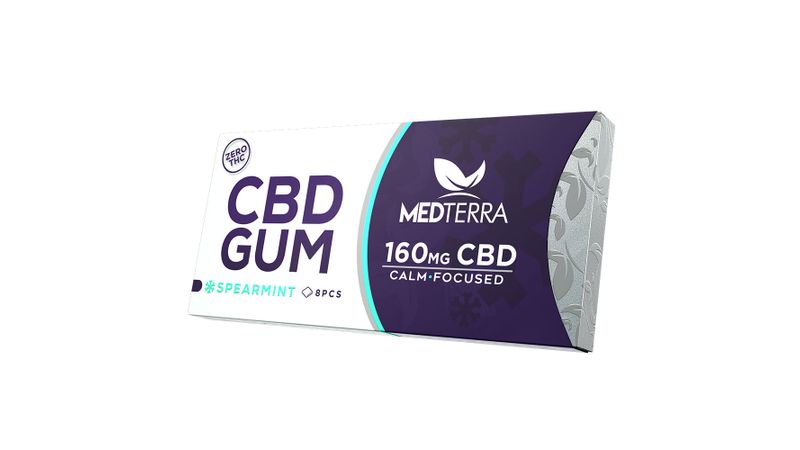
Hemp seed oil is an edible oil with low saturated and polyunsaturated fats. It has a low smoke level and is primarily used to supplement and as a food oil. Hempseed oil has a high nutritional content. It is measured in percentages of total fat. The oil is not suitable as a frying oil and should be consumed as a nutritional supplement or food.
Protein-rich
Both hemp seed oil and hemp seed oil contain protein. These products can both be made from plants and are suitable to vegetarians, vegans, as well as people who follow a macrobiotic or Paleo lifestyle. They are also free of GMOs and allergens. Hemp seeds are easy to include in everyday cooking because of their neutral flavor.
Hemp seeds are high in essential fatty acid and minerals, which help support the immune system. They can also increase the production of antibodies that fight bacteria. Hemp hearts provide a good source for omega-3 and omega-6 essential fatty acids. Hemp seeds, being organic and plant-based are a great source of protein.
Seeds also have soluble (and insoluble) fiber which can feed beneficial bacteria in our gut. This can reduce cholesterol levels and blood sugar spikes. High-fiber foods are also good for constipation relief. Hemp seeds also contain all essential amino acid. These seeds can be considered a complete source of protein for women who have PMS.
Hemp seed is gaining popularity due to its many advantages. It is a great source of nutrition and tastes delicious. Hemp seed protein also has a lower carbon footprint that animal protein. Hemp seeds might be an option for vegans and vegetarians.
Hemp seed ranks second behind soybeans in terms of protein content. A high-protein diet helps the body build muscle. Furthermore, hemp seed is one of the easiest proteins to digest. And, hemp seed also has omega-3 fatty acids and linoleic acid, which are both essential for the body.
High fiber content
Hemp seeds are a great source of protein and fiber, and they also have an abundance of important vitamins and minerals. Hemp seeds also contain gamma-linolenic, or GLA, an important fatty acid that helps improve cardiovascular health. Experts recommend a 3:1 or 4:1 ratio of omega-3 and omega-6 fatty acids in the diet, and hemp seeds meet these guidelines naturally. This may help to prevent strokes, heart attacks and other vascular disorders.
Another great benefit of hemp seeds is that they relieve constipation. Hemp seeds contain both soluble as well as insoluble fiber which aids your digestive system by drawing more fluid into your stool. You can add hemp seeds to your oatmeal or salads. They make a wonderful addition to homemade protein bars.

Hemp seed has a ratio of 3:1 between ALA and LA. However, the exact ratio may vary from variety to variety. Galasso, along with his colleagues, compared 20 types of hemp seeds. They found that the lowest LA:ALA ratio, CAN24, was 1.63, followed by CAN40 with a ratio of 2.63, and the highest LA:ALA ratio, FINOLA, was 3:1.
Food labels often indicate the hemp seed's protein and cellulose levels. However, these figures can be hard to interpret due to differences in methods and terminology. You should always read the label to ensure you get the right information. Scientists usually report fiber content according to acid and neutral-dish detergent fiber. The former contains cellulose, lignin, and xyloglucan, while the latter contains only cellulose and lignin.
Hemp seed is rich in protein and fiber. They are also rich sources of lysine and cysteine, which are important in the body. These amino acids are higher in hemp seeds than any other protein. Hemp seeds are also rich in bioactive peptides, as well other antioxidants.
Iron content is high
Hemp seed, also called sesame seeds, is high-iron and low-carb. It's also high in monounsaturated fatty acids. It's a good source of iron, and it is great for vegetarians. It can be added to salads, stir-fries, porridge, or smoothies. Cocoa is another high-iron food. Dark chocolate contains around 40% of the recommended daily iron intake.
Iron can be obtained from both meat and dairy products for most people. If you are a vegetarian, you should try eating more leafy green vegetables and legumes. Also, increase your intake of mushrooms and tofu. These foods are high in vitamin-C, which helps you absorb iron. Your body will absorb high-iron foods better if they are soaked or fermented.
You can also take an iron supplement if you are in need. It is important that you consult with your primary healthcare provider before taking an iron supplement. Victory Hemp Foods has a great hemp seed-based oil or protein that can increase your iron intake. Hemp seeds are also high in vitamin A, which is a great health benefit.
Hemp seeds provide about 30% of your daily recommended intake for iron. They also contain high levels of protein, magnesium and potassium. They are also great sources for omega-3 and Omega-6 fatty acid. These seeds are great for adding to salads, smoothies, or cereals. These seeds can also be used in baking.
Iron is an essential mineral for human health. Low iron levels can lead to serious health problems. Low iron levels can make it hard to do your cardio exercises and other activities.
High in zinc
Hemp seed is a good source of zinc. It is also a great addition for your diet. It is also high in fiber, iron, magnesium, and protein. It's a versatile food that can also be added to smoothies and yogurt. It has a nutty flavor, making it an excellent addition to a variety of recipes. Hemp seed is also a natural gluten-free substitute for breadcrumbs.
Other foods rich in zinc include sesame, pumpkin, sunflower, and chia seeds. A quarter cup of pumpkin seeds contains about 2.7 mg of zinc, while one ounce of chia seeds provides about 1.3 mg of zinc. Chia seeds also contain fiber and phosphorus. They are great for maintaining energy levels and helping you feel fuller for longer periods of time.

Beans are another good source of zinc. A cup of white beans has 1.6 mg of zinc while half a cup contains 1.9 mg. Beans are rich in fiber, which supports bone health. They also contain iron, phosphorus as well as magnesium. Hemp seed is another great source of zinc. A cup of hempseeds contains approximately 3 mg of zinc.
Zinc is traditionally taken from animal products. Zinc is easily absorbed in animals due to its lack of inhibitory compounds. Also, animal products contain sulfur-containing amino acids that increase zinc absorption. However, hemp seeds contain high amounts of zinc, which is why they are so popular among vegans.
Hemp seed is not the only food rich in zinc. Lamb contains four milligrams per cup, more than half the daily recommended intake of zinc. Chickpeas, another source of zinc, are also available. These legumes are high in fiber, phosphorus, and protein. They also contain iron and magnesium.
High in omega-3 fatty acids
Hemp seed oil is high in omega-3 fatty acid, which are vital for both a healthy pregnancy as well as the development of the baby. It could even help to prevent maternal depression. There are possible side effects to hemp seeds oil. Hemp seed oil may be helpful in pregnancy and childbirth. But, excessive consumption can lead to low blood sugar, which can increase the risk of complications, or even death, during surgery.
Hemp seed oil is rich in omega-3 fatty acid and beneficial for skin health. It is also known for its anti-inflammatory properties. If you have eczema/atopic dermatitis, hemp oil can be a useful addition to your daily diet. Hemp seed oil also strengthens the skin and makes it more resistant to infection. Hemp seed oils have Omega-3 fatty acids that can lower blood pressure.
Consuming hemp seed oil in oil form is the easiest way to get it. You can add this oil to smoothies, mix it with nuts, or drizzle it on bread and pasta. This oil is rich in omega 3 and 6, which is important for healthy diets. Hemp seed oils are a great way for your body to get the fatty acid it needs without compromising flavor or texture.
Research has shown that hemp oil is high in polyunsaturated essential fatty acids. It has between fifty-seventy and seventy percent of linoleic acids and moderate amounts of omega-6 fat acids. Hemp seed oil is considered to be healthy because the ratio of omega-6 to omega-3 fatty acids is 3:1 to five.
FAQ
Is the CBD industry on the rise?
Yes, it is! The answer is yes! Legalization will continue to spread across North America, and this growth will continue. Canada is the only country that has legalized recreational use of cannabis. Many states have also passed medical marijuana laws.
This trend will likely continue for at least another decade as more states pass legislation allowing access to medicinal marijuana.
It is also economically sensible to legalize marijuana. As well as providing a lucrative alternative market for farmers, there are many other benefits to legalizing pot.
For example, it could help reduce crime rates by reducing the availability of illegal drugs. It could also provide a source of tax revenue for governments.
As legal marijuana is more popular, people may be less likely to smoke. This would reduce the likelihood of having hangovers. It also means lower healthcare costs.
Chronic pain sufferers may find that marijuana can actually improve their quality of life. Many people believe that THC, the active ingredient in marijuana can relieve nausea and muscle spasms caused by chemotherapy.
Finally, marijuana might become a valuable tool for treating mental illnesses such as depression and anxiety. Some studies show that marijuana can even be used to treat schizophrenia.
So, although the future looks bright for the CBD industry, we should not forget that there are still plenty of challenges facing us along the way.
What is the future of the CBD industry?
The future of the CBD industry is bright. It's easy to see why so many people are jumping on board with this sector. It's easy to see why this market is growing exponentially, with CBD products generating over $1 billion in global sales.
According to Statista, worldwide sales of cannabidiol (CBD), are expected to hit $22.4 billion in 2019. That's almost 200% more than in 2018!
The CBD market is also predicted to grow at a compound annual growth rate of 22.5%, which equates to nearly $6.8 billion in revenue by 2022.
This is great news, both for new companies and those that are already active in the industry. But, it is important to remember that the CBD industry is still in its infancy. There will be many challenges.
How big does the global CBD market look?
According to Euromonitor International, the global CBD market was worth $US 3.5 Billion in 2015. This is more than 10% higher than 2014
The report forecasts this figure to reach $US 6.4 billion by 2020, representing an average annual growth rate of 12%.
CBD products are expected to account for around half of all hemp-derived products sold globally by 2020.
This includes both CBD oils and other CBD products such as food, beverages, cosmetics, and pet care items.
How does the price of CBD vary across different states?
Prices for CBD products are dependent on where you live. The prices of CBD products can vary more than tenfold depending on where they are located.
Prices tend to increase as you move further north. CBD can be found in Alaska at $35 per kilogram, and Hawaii at $200 per grams.
This trend continues across the country. Prices range from $5 up to over $2,500 for a gram.
Why is this happening to you?
The varying levels and regulations of cannabis regulation are one reason prices can vary widely. Some states require that CBD products contain no THC (the psychoactive ingredient of marijuana). Some states don't care how much THC is present.
This is why some companies decide to sell products in one country and then send them to another.
Is the CBD industry saturated?
The CBD industry is experiencing a growth rate of over 25% annually. This growth is expected not to stop for at least five more years. In fact, the industry is expected grow from $2Billion today and $5Billion by 2020.
Canndoc Ltd and GW Pharmaceuticals are the dominant players in the CBD market. Both are focused on developing pharmaceutical-grade products. They have not been very effective so far. Both are struggling to get traction on market.
Cannabidiol (CBD) is an extract of cannabis that contains less than 0.3% THC. It does not produce any psychoactive effects. It is used for treating epilepsy and other medical conditions. It is also commonly used as a dietary supplement.
There are many kinds of CBD products. Some CBD products are made with whole plants extracts, others use CBD isolates.
These products all share one thing in common: low levels are THC.
These products are legal under US federal law. However, this doesn't mean that you don't need to follow local laws when selling CBD products. Always check your state's laws regarding CBD products.
In addition, there are several states where CBD products are illegal. These include California. Colorado. Florida. Mississippi. Missouri. New York. North Carolina. Ohio. Oklahoma. Oregon. Rhode Island. South Dakota. Texas. Utah. Virginia. Washington.
If you live in one of these states, then you will probably want to avoid making CBD products.
Statistics
- As a substance that was federally illegal before the passage of the 2018 Farm Bill, hemp-derived cannabinoids with no more than 0.3% THC still face a regulatory grey area. (forbes.com)
- A recent systematic review of human trials also reported that individuals with epilepsy receiving CBD (5–20 mg·kg−1·day−1) were more likely to experience decreased appetite than those receiving placebo (i.e., ~20 vs. 5% of patients) (ncbi.nlm.nih.gov)
- The use of these products is likely to become even more widespread if the World Health Organization's recommendation that CBD no longer is scheduled in the international drug control conventions is adopted by the United Nations member states [201]. (ncbi.nlm.nih.gov)
- OralWhere HED is the human equivalent dose, and Km is a correction factor estimated by dividing the average body mass (BM) of the species (60, 0.020, and 0.150 kg for 11 humans, mice, and rats, respectively) and by its surface area (see: Nair et al. (ncbi.nlm.nih.gov)
- While the primary injury may not be treatable, interventions that attenuate secondary sequelae are likely to be of benefit [203].Only one study (ncbi.nlm.nih.gov)
External Links
How To
What are the most common problems in the CBD industry?
The current market for CBD-based products is expanding at a phenomenal rate. But, businesses who want to enter this market still face numerous challenges. These include a lack consumer awareness, high-cost entry, limited access capital and regulatory uncertainty.
Many consumers aren't aware of the benefits and limitations of CBD. They are unable to make an informed decision about buying CBD products.
Many CBD companies depend heavily on word of mouth marketing. This is costly because they have to pay for advertising and hire staff to promote their brand.
High production costs are another problem facing new entrants in the CBD industry. The raw materials needed to create CBD products are quite expensive. CBD oil can only be made if hemp is grown in the right climate and soil conditions.
Grow enough hemp to produce CBD oil requires approximately $1,000 per annum. Many small farmers can't afford to begin.
The lack of capital access is another obstacle new entrants to the CBD market face. Banks are often discouraged from helping people start businesses because of the stigma that surrounds the industry.
Final, there are regulatory uncertainties surrounding the sale CBD products. There are currently no clear guidelines regarding how CBD products should be marketed.
Although some states have passed legislation restricting CBD product sales, this has not become a national policy.
Only Nevada, Maine, and Nevada have legalized recreational pot.
Massachusetts and Michigan are however considering similar measures.
These changes could mean that CBD manufacturers will be more competitive.
These factors are why many entrepreneurs prefer to work from home than open a physical store.